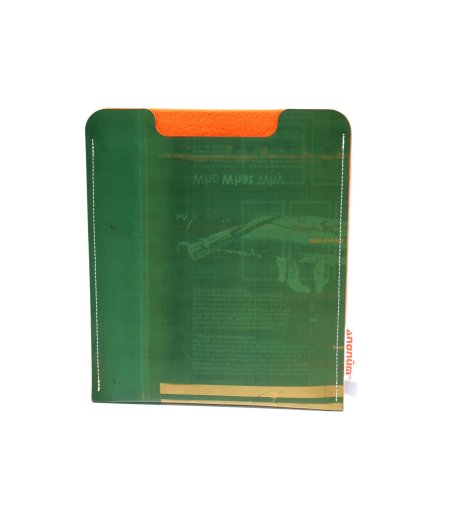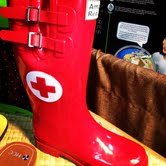With this post, Fairware begins an occasional series of expert pieces presented by guest bloggers. These people are industry colleagues whose experience and opinions we respect, and we think you’ll be interested in what they have to say. The following post originally appeared here on 27 September 2012.
***
Tap #water stations prove how much is saved by ditching the bottle
Oracle OpenWorld’s unique approach to water stations is a compelling case study in water conservation for events. Since 2007 Oracle has gradually moved away from individually bottled water, to initially use five-gallon water bubblers and now exclusively uses water stations that provide fresh San Francisco tap water at 11 different venues.
Four different water station designs have been used:
The net result? A staggering reduction in water waste: from 4,369 gallons of attendee drinking water consumed to 1,020 gallons consumed. This while attendance has increased and no complaints have been received about attendees going thirsty. Just how much water has been saved? Enough to:
- Serve 50,700 cups of water
- Provide 420 four-minute showers
- Flush 2,090 toilets
Furthermore, this has prevented the use of over 56,000 water bottles, which have an additional estimated manufacturing footprint of 13,600 gallons of water!
Do you know the difference you’re making by providing a smarter, more sustainable drinking water service for event attendees? Dig into the numbers and quench your thirst to make a difference!
Shawna McKinley is Director of Sustainability for MeetGreen, an event-planning company specializing in “green meetings” and based in Portland, Oregon. She lives in Vancouver, and is the author of Sustainable Destinations, a blog that shares information and ideas that lead to discussion and action about sustainable events and sustainable event destinations. Shawna’s favourite Fairware product is the lanyard library.



















